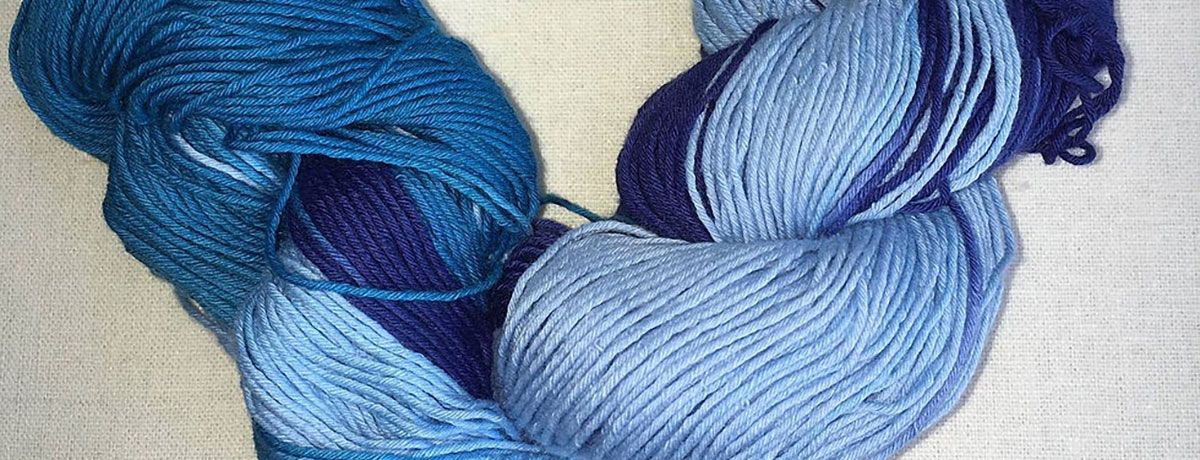Mastering Sashiko Embroidery with White Thick Thread for Stunning Results

Introduction to White Thick Sashiko Thread
White thick sashiko thread is a staple in the world of traditional Japanese embroidery. This type of thread is well-loved by sashiko enthusiasts for its durability, striking appearance, and versatility. Whether you are a seasoned embroidery artist or a DIY crafter, understanding the unique characteristics of white thick sashiko thread can elevate your projects to new heights. It is ideal for a wide range of fabrics and projects, including quilting, mending, and decorative stitching.
The History of Sashiko Embroidery
Sashiko, which means “little stabs” in Japanese, dates back to the Edo period. Originally, it was a practical technique used by farmers and fishermen to repair and reinforce worn-out clothing. Over time, sashiko evolved into a decorative art form, admired for its intricate patterns and cultural significance. Today, sashiko has gained global popularity, with crafters around the world appreciating its blend of functionality and beauty.
Understanding Sashiko Thread
The thread used in sashiko plays a crucial role in the final outcome of any project. White thick sashiko thread is particularly valued for several reasons. First, its thickness provides a bold and noticeable stitch, perfect for highlighting traditional sashiko patterns. Second, the material—usually cotton—offers a smooth texture that glides easily through fabric, making the stitching process more enjoyable. Lastly, the color white is significant in sashiko as it symbolizes purity and contrasts beautifully against indigo-dyed fabrics.
Benefits of Using White Thick Sashiko Thread
Using white thick sashiko thread comes with numerous benefits. Firstly, its durability ensures that your embroidery will withstand regular wear and washing. Secondly, the thickness of the thread creates a textured and dimensional look, adding visual interest to your projects. Lastly, the white color stands out sharply against darker fabrics, making your stitches more pronounced and striking.
Tips for Working with White Thick Sashiko Thread
Working with white thick sashiko thread requires some specific techniques to achieve the best results. Here are a few tips:
-
Choose the Right Needle: Opt for sashiko needles, which are longer and sturdier than regular sewing needles. This helps in making consistent stitches.
-
Select Appropriate Stitch Patterns: Patterns like "hitsumezashi" (one-stitch) and "kakurezashi" (hidden stitch) work particularly well with thick thread, showcasing its boldness.
-
Plan Your Projects: Use the thread for high-contrast designs on dark fabrics, like denim or indigo cotton, to make your patterns pop.
Where to Find Quality White Thick Sashiko Thread
Finding high-quality sashiko thread is essential for achieving professional results. Reputable suppliers like Olympus, Daruma, and Tulip offer top-notch white thick sashiko threads. These brands are known for their consistent quality, ensuring that your embroidery projects will look their best. Online stores, specialty craft shops, and even some fabric stores carry these trusted brands, making it easy to source the best materials for your work. When purchasing from these suppliers, it's important to check the stock availability to ensure you can get the items you need.
Case Study: Upcycling Denim with White Thick Sashiko Thread
Meet Laura, a DIY crafter who transformed a worn denim jacket into a stylish, upcycled piece using white thick sashiko thread. Laura chose a traditional "asanoha" (hemp leaf) pattern, which not only reinforced the fabric but also added a unique design element. She found that the thickness of the thread provided the durability needed for a heavy fabric like denim, and the white color created a stunning contrast against the blue material.
Interview with a Sashiko Artist
We spoke with Kenji, a sashiko artist who incorporated white thick sashiko thread in a large-scale embroidery project. Kenji shared insights into managing the thread, noting that its thickness required careful planning to avoid bulkiness in tight patterns. However, the visual impact was worth the effort, as the bold stitches added a dramatic effect to his work.
Community Experiences with White Thick Sashiko Thread
Members of an online sashiko community shared their first-time experiences with white thick sashiko thread. Many found the thread to be user-friendly, especially for beginners, due to its visibility on dark fabrics. Some discussed challenges like thread tangling but appreciated the end result’s professional appearance and historical authenticity.
We encourage you to leave a review of your own experiences with the white thick sashiko thread.
Teaching Sashiko with White Thick Thread
Sashiko instructor Yuki highlights the benefits of using white thick sashiko thread in teaching. She explains that the thread's visibility makes it easier for students to follow their stitches, promoting better technique and faster learning. Additionally, the durability of the thick thread means students can practice without worrying about thread breakage.
Conclusion and Next Steps
White thick sashiko thread is an invaluable tool for anyone looking to explore or refine their sashiko embroidery skills. Its durability, aesthetic appeal, and versatility make it a preferred choice among enthusiasts and professionals alike. For those eager to start their sashiko journey, sourcing quality white thick sashiko thread from reputable brands is the first step toward creating beautiful, timeless pieces. Add white thick sashiko thread to your cart and start your sashiko journey today.
If you’re inspired to begin your own sashiko project, consider joining our community of crafters who share tips, patterns, and encouragement. Share your experiences, ask questions, and connect with others who appreciate the art of sashiko embroidery. Happy stitching!
